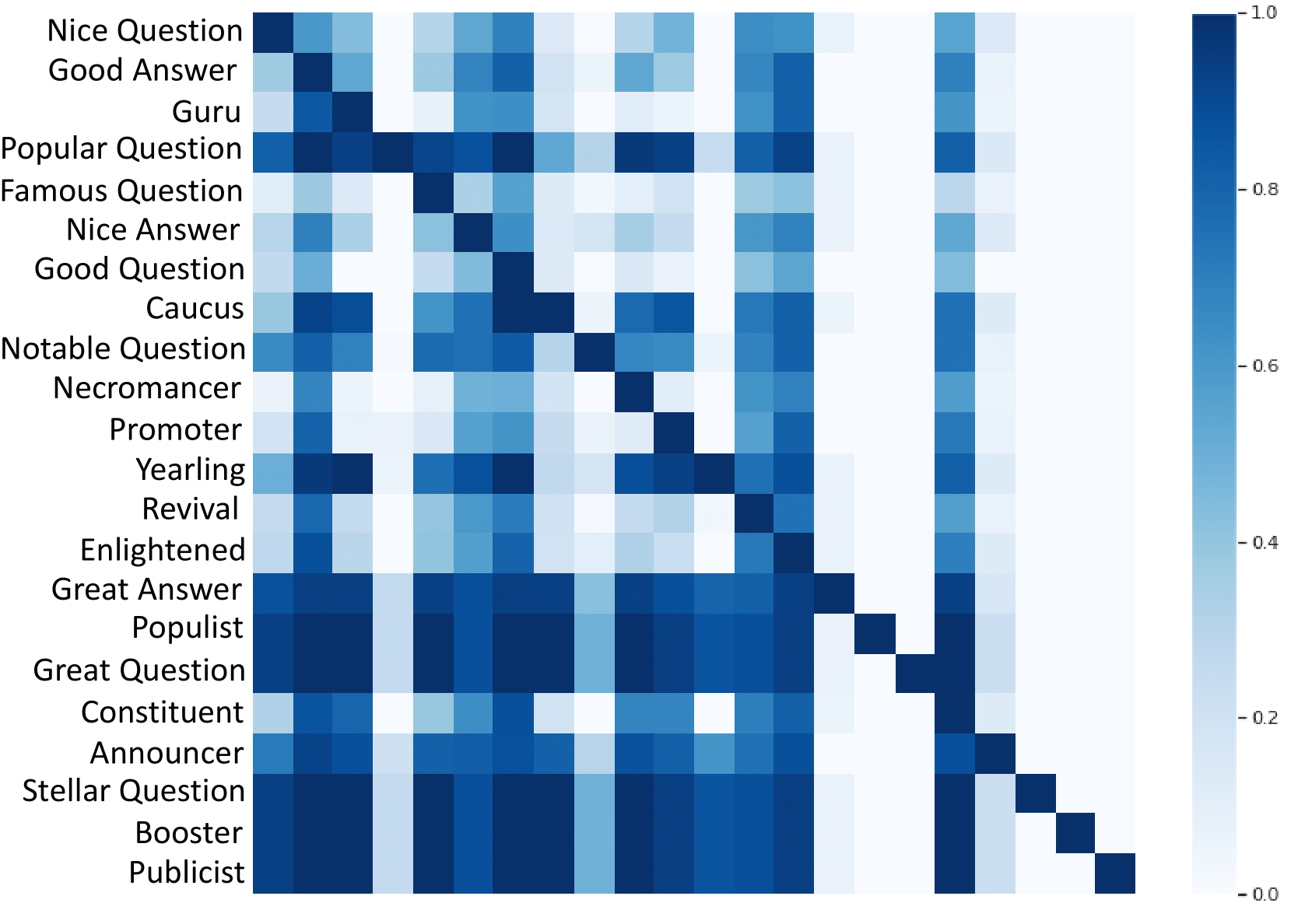This is an official source code for implementation on Extensive Deep Temporal Point Process, which is composed of the following three parts:
1. REVIEW on methods on deep temporal point process
2. PROPOSITION of a framework on Granger causality discovery
We first conclude the recent research topics on deep temporal point process as four parts:
· Encoding of history sequence
· Relational discovery of events
· Formulation of conditional intensity function
· Learning approaches for optimization
Methods with the same learning approaches:
| Methods | History Encoder | Intensity Function | Relational Discovery | Learning Approaches | Released codes |
|---|---|---|---|---|---|
| RMTPP | RNN | Gompertz | / | MLE with SGD | https://github.com/musically-ut/tf_rmtpp |
| ERTPP | LSTM | Gaussian | / | MLE with SGD | https://github.com/xiaoshuai09/Recurrent-Point-Process |
| CTLSTM | CTLSTM | Exp-decay + softplus | / | MLE with SGD | https://github.com/HMEIatJHU/neurawkes |
| FNNPP | LSTM | FNNIntegral | / | MLE with SGD | https://github.com/omitakahiro/NeuralNetworkPointProcess |
| LogNormMix | LSTM | Log-norm Mixture | / | MLE with SGD | https://github.com/shchur/ifl-tpp |
| SAHP | Transformer | Exp-decay + softplus | Attention Matrix | MLE with SGD | https://github.com/QiangAIResearcher/sahp_repo |
| THP | Transformer | Linear + softplus | Structure learning | MLE with SGD | https://github.com/SimiaoZuo/Transformer-Hawkes-Process |
| DGNPP | Transformer | Exp-decay + softplus | Bilevel Structure learning | MLE with SGD | No available codes until now. |
Methods focusing on learning approaches:
-
Reinforcement learning:
-
Adversarial and discrimitive learning:
-
Noise contrastive learning:
Expansions:
- Spatio-temporal point process:
- Other applications:
- J. Enguehard, D. Busbridge, A. Bozson, C. Woodcock,and N. Y. Hammerla, "Neural temporal point processesfor modelling electronic health records"
- E. Nsoesie, M. Marathe, and J. Brownstein, "Forecast-ing peaks of seasonal influenza epidemics"
- R. Trivedi, M. Farajtabar, P. Biswal, and H. Zha, “Dyrep: Learning representations over dynamic graphs”
- S. Li, L. Wang, X. Chen, Y. Fang, and Y. Song, "Understanding the spread of covid-19 epidemic: A spatio-temporal point process view"
- Q. JA, M. I, and N. A, "Point process methods inepidemiology: application to the analysis of human immunodeficiency virus/acquired immunodeficiency syndrome mortality in urban areas"
The workflows of the proposed granger causality framework:
Experiments shows improvements in fitting and predictive ability in type-wise intensity modeling settings. And the Granger causality graph can be obtained:Learned Granger causality graph on Stack Overflow
The results is showed in the Section 6.3. Here we give an instruction on implementation.
Requiring packages:
pytorch=1.8.0=py3.8_cuda11.1_cudnn8.0.5_0
torchvision=0.9.0=py38_cu111
torch-scatter==2.0.8
We provide the MOOC and Stack Overflow datasets in
./data/
And Retweet dataset can be downloaded from Google Drive. Download it and copy it into
./data/retweet/
To preprocess the data, run the following commands
python /scripts/generate_mooc_data.py
python /scripts/generate_stackoverflow_data.py
python /scripts/generate_retweet_data.pyYou can train the model with the following commands:
python main.py --config_path ./experiments/mooc/config.yaml
python main.py --config_path ./experiments/stackoverflow/config.yaml
python main.py --config_path ./experiments/retweet/config.yamlThe .yaml files consist following kwargs:
log_level: INFO
data:
batch_size: The batch size for training
dataset_dir: The processed dataset directory
val_batch_size: The batch size for validation and test
event_type_num: Number of the event types in the dataset. {'MOOC': 97, "Stack OverFlow": 22, "Retweet": 3}
model:
encoder_type: Used history encoder, chosen in [FNet, RNN, LSTM, GRU, Attention]
intensity_type: Used intensity function, chosen in [LogNormMix, GomptMix, LogCauMix, ExpDecayMix, WeibMix, GaussianMix] and
[LogNormMixSingle, GomptMixSingle, LogCauMixSingle, ExpDecayMixSingle, WeibMixSingle, GaussianMixSingle, FNNIntegralSingle],
where *Single means modeling the overall intensities
time_embed_type: Time embedding, chosen in [Linear, Trigono]
embed_dim: Embeded dimension
lag_step: Predefined lag step, which is only used when intra_encoding is true
atten_heads: Attention heads, only used in Attention encoder, must be a divisor of embed_dim.
layer_num: The layers number in the encoder and history encoder
dropout: Dropout ratio, must be in 0.0-1.0
gumbel_tau: Initial temperature in Gumbel-max
l1_lambda: Weight to control the sparsity of Granger causality graph
use_prior_graph: Only be true when the ganger graph is given, chosen in [true, false]
intra_encoding: Whether to use intra-type encoding, chosen in [true, false]
train:
epochs: Training epoches
lr: Initial learning rate
log_dir: Diretory for logger
lr_decay_ratio: The decay ratio of learning rate
max_grad_norm: Max gradient norm
min_learning_rate: Min learning rate
optimizer: The optimizer to use, chosen in [adam]
patience: Epoch for early stopping
steps: Epoch numbers for learning rate decay.
test_every_n_epochs: 10
experiment_name: 'stackoverflow'
delayed_grad_epoch: 10
relation_inference: Whether to use graph discovery, chosen in [true, false],
if false, but intra_encoding is true, the graph will be complete.
gpu: The GPU number to use for training
seed: Random Seed


